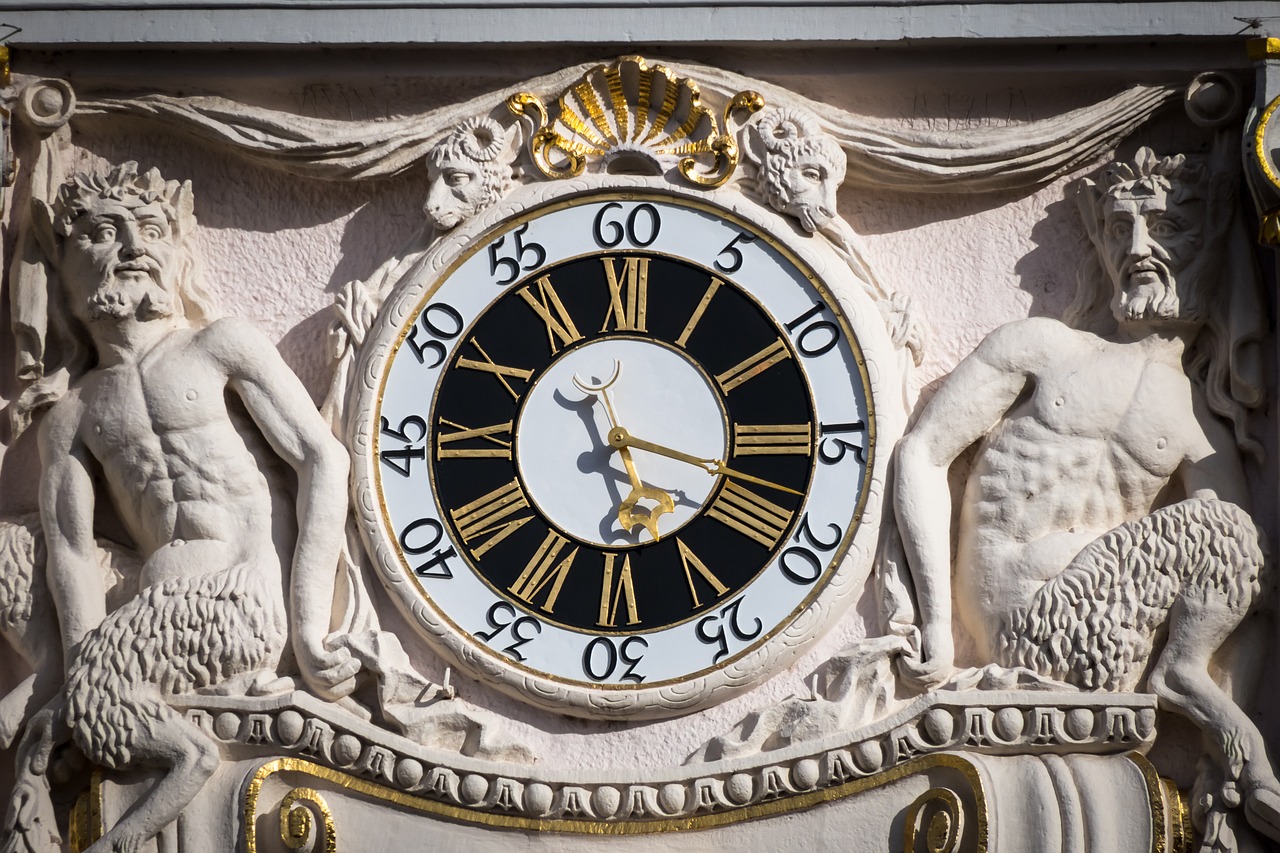Faunus, the son of Picus and the father of Latinus, was the third king of the Laurentes. During his reign, he followed the agricultural and pastoral traditions established by his predecessors, Picus and Saturn. He was distinguished not only as a ruler who advanced farming practices and livestock breeding but also as a celebrated hunter. Additionally, this period saw the arrival of the Arcadian figures Evander and Hercules in the region known as Latium.
Faunus played a significant role in the mythological narrative of Latium. Beyond his contributions to agriculture, he emerged as a pivotal figure in the religious life of the area, earning comparisons to Numa by later traditions. Thus, he was worshiped in two primary aspects: first, as a deity overseeing fields and shepherds, and, secondly, as a god of prophecy and foresight. The Faunalia festival, held on December 5, was a major celebration among rural inhabitants, marked by feasting and joy in his honor as the agriculture deity.
As a prophetic entity, Faunus was believed to communicate the future through dreams and mysterious sounds. His wife, Fauna (or Faula), reflected this oracular aspect for women; they both held the titles of Fatuus and Fatua, deriving from the Latin word ‘fari’ meaning to speak or prophecy. It is suggested that they delivered their revelations in Saturnian verse, possibly indicating a form of literary collection of oracles in that style in Latium. Oracle offerings occurred in sacred groves, with notable sites being near Tibur and the Aventine hill in Rome. Detailed rites described by Virgil included priests making sacrifices and seekers spending the night on the skins of the sacrificed animals to receive divine insights, a practice echoed in Ovid’s accounts of Aventine rituals.
According to tradition, Numa supposedly used cleverness to persuade Picus and Faunus to disclose the secret of invoking lightning and purifying items struck by it. In Rome, a circular temple dedicated to Faunus, with columned structure, was located on Mount Caelius. Another edifice was erected in 196 BCE on an island in the Tiber, where sacrifices were regularly made on February’s Ides to honor Faunus.
The manner of Faunus’ oracular delivery led to perceptions of him as a bringer of eerie sights and terrifying echoes, contributing to his characterization as a lustful and indulgent deity associated with the wilderness and nymphs. This image likely influenced the conception of multiple fauns (Fauni) depicted as half-goat creatures, resembling Greek satyrs. The association of Faunus with these figures culminated in phrases from Ovid that described Fauni as brothers of the satyrs. As a result of their playful and frightening nature, the name Faunus might have evolved as a euphemism.



